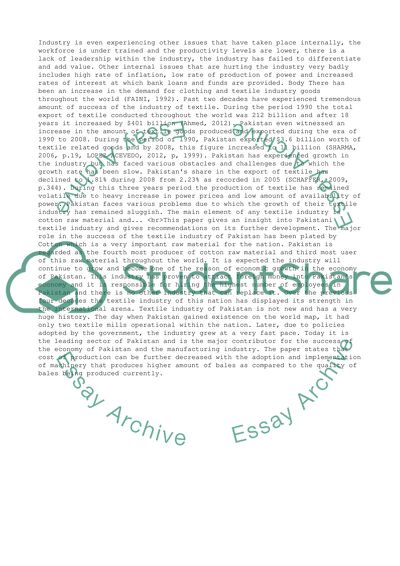Cite this document
(“Stagnant Performance of Textile Industry of Pakistan Essay”, n.d.)
Stagnant Performance of Textile Industry of Pakistan Essay. Retrieved from https://studentshare.org/management/1460706-stagnant-performance-of-textile-industry-of-pakistan
Stagnant Performance of Textile Industry of Pakistan Essay. Retrieved from https://studentshare.org/management/1460706-stagnant-performance-of-textile-industry-of-pakistan
(Stagnant Performance of Textile Industry of Pakistan Essay)
Stagnant Performance of Textile Industry of Pakistan Essay. https://studentshare.org/management/1460706-stagnant-performance-of-textile-industry-of-pakistan.
Stagnant Performance of Textile Industry of Pakistan Essay. https://studentshare.org/management/1460706-stagnant-performance-of-textile-industry-of-pakistan.
“Stagnant Performance of Textile Industry of Pakistan Essay”, n.d. https://studentshare.org/management/1460706-stagnant-performance-of-textile-industry-of-pakistan.


